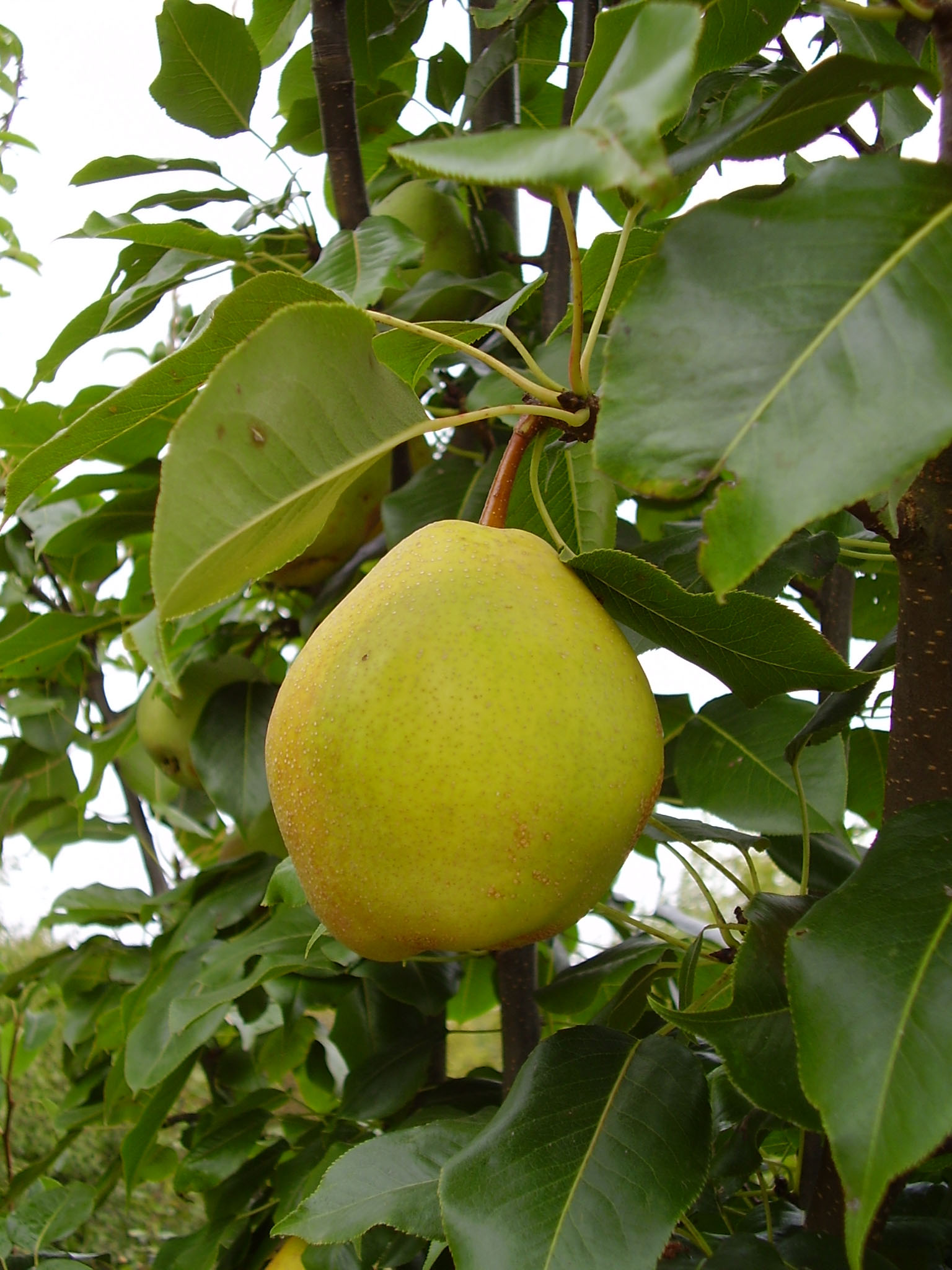Leona is a bit of a mystery pear Leona Pear
Leona Pear originated in Louisiana about 1930. The pear is large and apple shaped. The fruit is large and very sweet. Leona is a high-quality dessert pear. It can be slow to begin producing.
Leona Pear – Bass Pecan
Leona
Texture is crisp and gritty, tough, not very juicy or sweet, mild sour-apple like flavor.
Travis Callahan, southern pear chairman for the North American Fruit Explorers, likes ‘Louisiana Beauty’ (a.k.a. ‘Leona’), the best pear he grows in Abbeville, Louisiana.
As you can see reviews of the pear are very different depending on who gives them. There is a great deal we still dont know about this pear.
Below is what the usda has to say about this pear.
Donated
01 December 1994. Texas, United States
Comment: Originated in Converse, Louisiana about 1930. Received from Natelson to NCGR-Corvallis.
Donator(s):
Cooperator
Dr. Ethan A. Natelson
8707 Wateka Drive
Houston, Texas 77074
United States
Originated in Converse, Louisiana about 1930. Legend has it that this was an unclaimed, mail order tree planted by a postal worker and named for his wife. It has been widely propagated in Louisiana and Texas and we all agree that it is a very sweet, high quality, dessert pear. The large, apple shaped fruit has a distinct ‘shoulder’. It takes a few years to come into full bearing on calleryana. Probably about 400 - 450 chill units. – E. Natelson.
https://npgsweb.ars-grin.gov/gringlobal/accessiondetail?id=1507864
There are vague mentions of the pear among pear growers who sell pears. Im not at all sure sometimes how to use the information but its worth noting.



